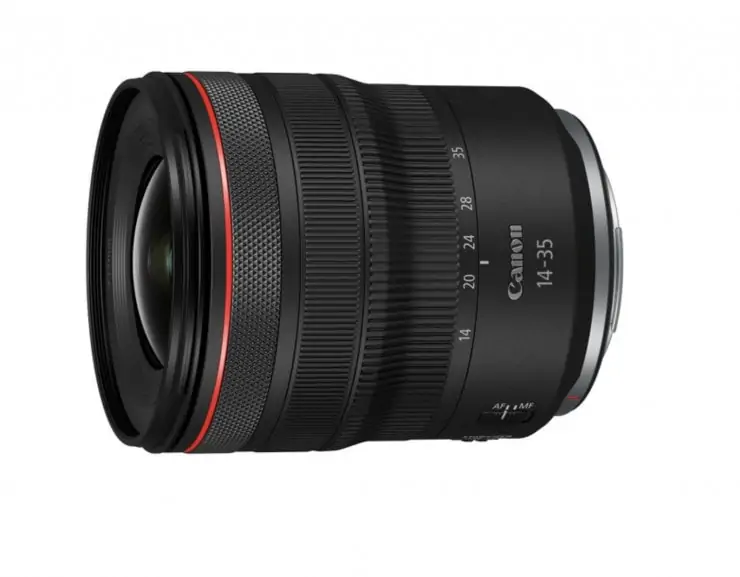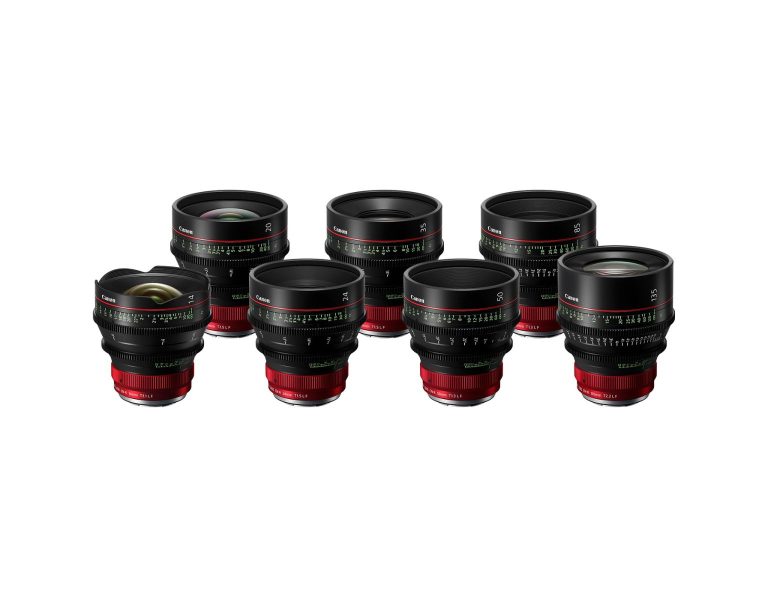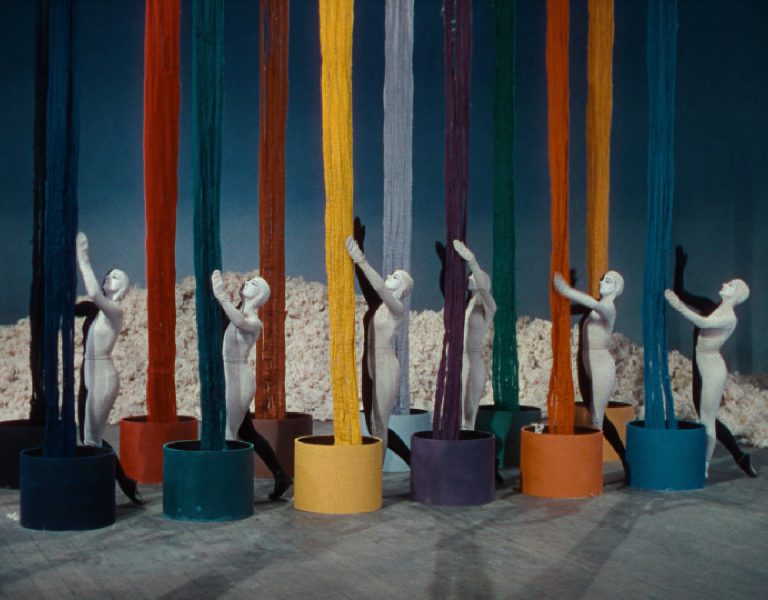Canon announces EOS C400 6K and RF-Mount CINE-SERVO lens
Jun 6, 2024

Canon U.S.A. Inc. announce the new Canon EOS C400 cinema camera, with a native RF-mount and full-frame, back-illuminated stacked CMOS sensor, designed with the film and live production markets in mind. Canon is also proud to announce the company’s first MOUNT ADAPTER PL-RF, and an RF-mount version of the popular and award-winning CINE-SERVO 17-120mm cinema lens.
“Canon is proud to provide filmmakers and videographers with a variety of tools to capture high-quality and visually stunning images,” said Brian Mahar, senior vice president and general manager, Canon U.S.A., Inc. “The new camera and lens strengthen Canon’s already impressive lineup of cinema products.”
EOS C400 Camera Back-Illuminated Stacked Sensor
For the first time in the cinema EOS system, the Canon EOS C400 camera features a newly developed 6K full-frame, back-illuminated CMOS sensor, with triple-base ISO, allowing the camera to deliver stunning imagery in a wide range of lighting conditions. The base ISOs of 800, 3200, and 12,800 maximise the full dynamic range of the camera.
An additional benefit of the EOS C400 camera’s sensor is the support for the next generation of Canon’s Dual Pixel CMOS Autofocus, Dual Pixel AF II. The back-illuminated stacked positioning offers better light-capturing efficiency, which widens the area of the sensor that can be used for autofocusing. The sensor also empowers faster readout speed, as well as better 4K image quality from 6K oversampling.
EOS C400 Camera Recording Options
The EOS C400 camera records in 6K full frame up to 60p in 12-bit Cinema RAW Light. By changing the sensor mode, the camera can record 4K RAW up to 120fps and 2K RAW up to 180fps. This is all recorded in Canon’s latest iteration of Cinema RAW Light, which provides three different recording modes to choose from depending on your file size preference and workflow.
Other recording options include the Canon-developed, industry standard XF-AVC codec which can be recorded in 10-bit 4:2:2 with oversampling from the 6K sensor, helping to create rich detail and smooth imagery, at frame rates up to 120P, without the need for cropping the image from the sensor. Canon is also introducing two new recording codecs into the EOS C400 camera, XF-AVC S and XF-HEVC S. These formats feature an easy-to-manage naming system and folder structure, while recording in the familiar MP4 format and preserving metadata.
All of these options are recorded to the camera’s CFexpress slot with sub-recording and proxy options available to the SD Card slot, which allows for simultaneous recording even when shooting RAW.
EOS C400 Camera Production Options
For live productions, the EOS C400 camera body features a dedicated 12-pin lens terminal for broadcast and cine-servo lenses, a variety of output and input interfaces including mini-XLR audio inputs, DIN connectors for time code, genlock and return video, 12G-SDI and 3G-SDI monitor outputs, a full-size HDMI output, built-in Wi-Fi connectivity, Ethernet and much more. The camera also features SRT protocol for IP streaming of video and audio. For shooting scenarios where the camera will be controlled remotely, you can use the Ethernet port or Wi-Fi connectivity to enable remote control, including support for the Canon Multi-Camera Control app, browser remotes, or the Canon RC-IP100 or RC-IP1000 controllers via use of the included XC protocol.
The EOS C400 camera can also provide frame-by-frame metadata in real-time and post-production to support virtual production workflows. Ready for 180-degree VR shooting, the EOS C400 camera has built-in compatibility with the Canon RF5.2mm F2.8 L dual fisheye lens.
CINE-SERVO 17-120mm Cinema Lens
This latest cinema lens from Canon builds upon the legacy of the company’s CINE-SERVO line, with the added benefit of a native RF mount. The additional pins of the RF mount increase communication with RF-mount cameras such as the EOS C400, enabling auto focus, distortion correction and metadata output for virtual productions. The lens comes in either RF or PL mount configurations, with the PL mount version supporting ZEISS eXtended Data and ARIA (Automatic Restoration of Illumination Attenuation).
The lens’ new e-Xs V servo drive unit helps to improve its focus and iris speed, enables focus breathing compensation, and includes a USB-C connector for copying drive unit configurations.


















